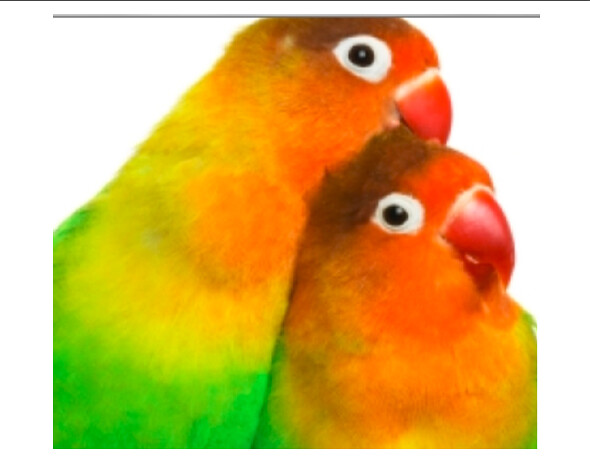 |
| Scarlet Macaw (Ara Macao). Two at Lowry Park Zoo,. (Photo credit: Wikipedia) |
Getting one of these parrots is not a short term commitment. Some have lived to be 75 years old, and the average life span is between 35 and 50 years.
They are mostly scarlet-colored with blue on the wings and tail with a yellow band on the upper wings below a scarlet shoulder. The Scarlet Macaw's upper beak is white and the lower beak is black. They have a white, featherless ring around their eyes. They tend to be more high strung than the other macaws and have a tendency to pinch when young which can lead to biting if not discouraged early on.
You shouldn't try to discourage a young macaw from pinching by being aggressive and slapping it. If you make it afraid of you it will naturally want to bite when you get too close. Their high strung nature makes them nervous when there is a lot of noise and activity. Something to consider if you have children.
That's not to say that they can't be taught to get along and even play with children, but it takes the proper training for both the parrot and the children.
If it gets bored and starts screaming the noise it can make is enough to drive you out of the room.
A common reaction to a screaming macaw is to yell at it to shut up or to give in and give it a treat or toy to play with.
You don't want to reward your macaw for screaming or it will figure out that the more noise it makes the more attention it gets. When your parrot is screaming you need to ignore it, and then when it finally quiets down give it some attention.
It will eventually learn that screaming isn't going to get it what it wants.
Scarlet Macaws are quick to learn, and when handled by someone with an experience they become very loving playful pet parrots.
|

